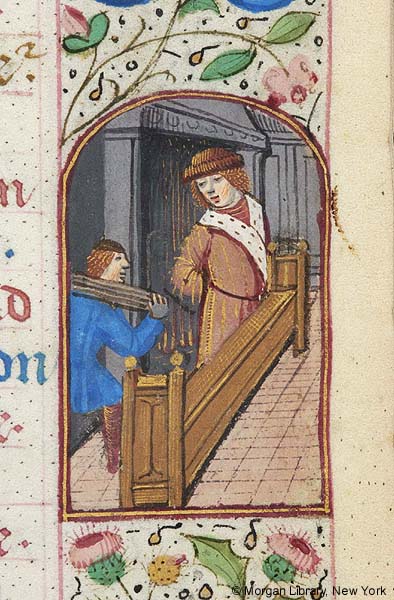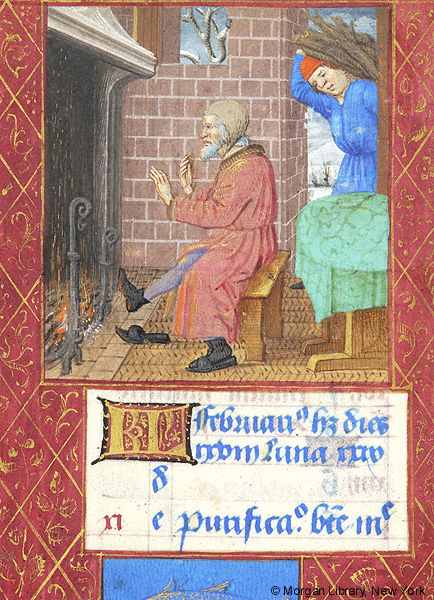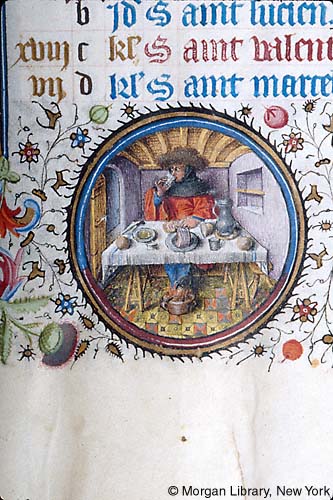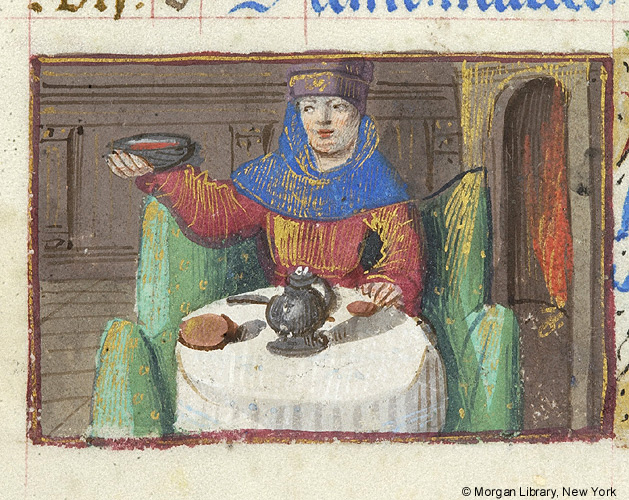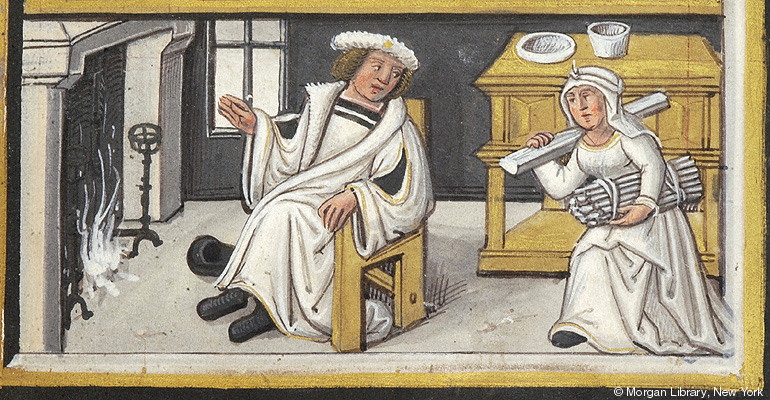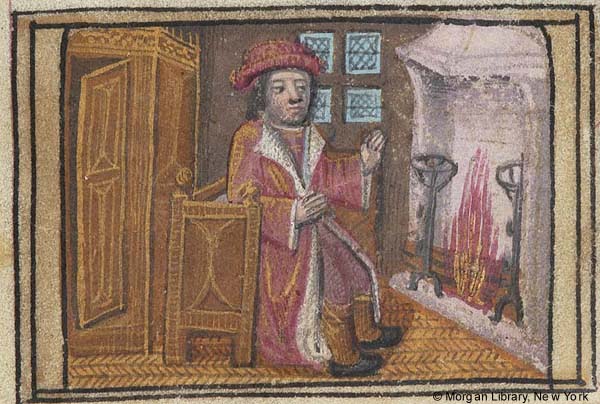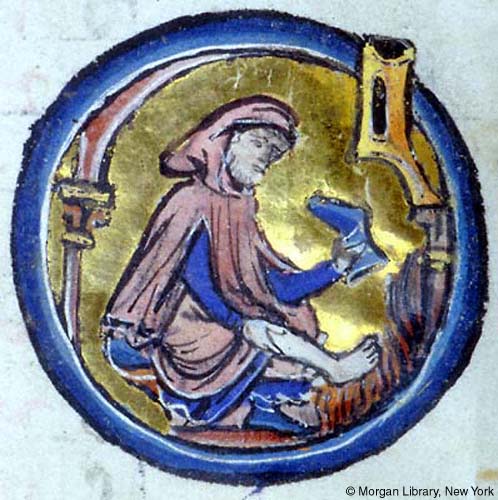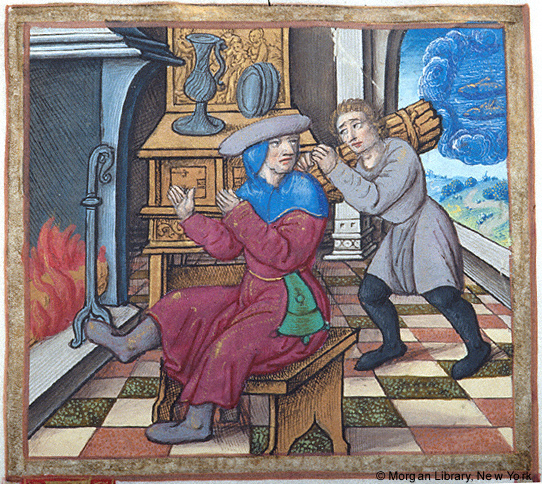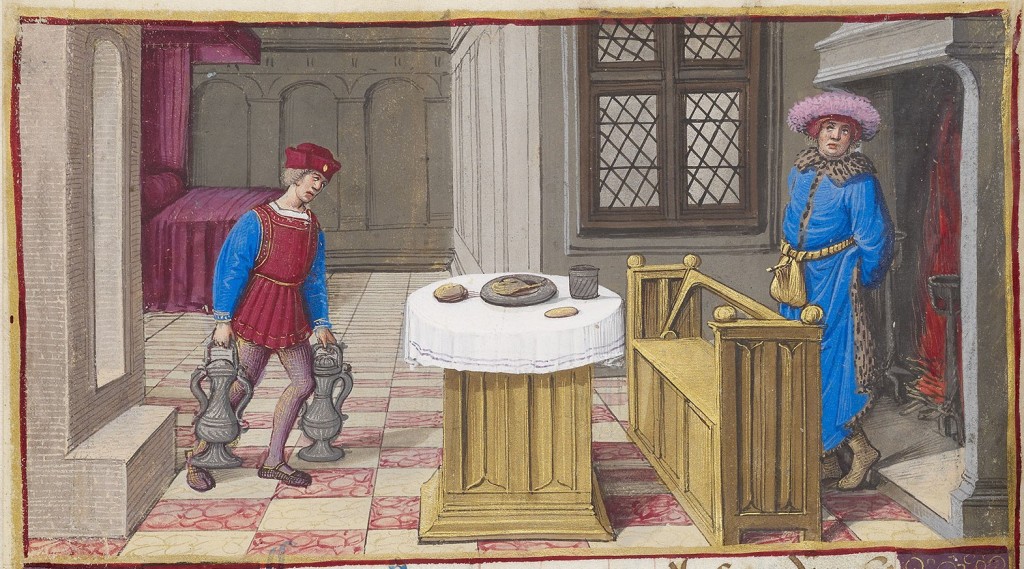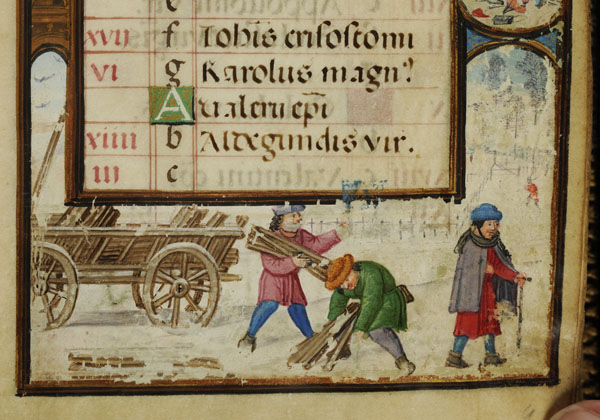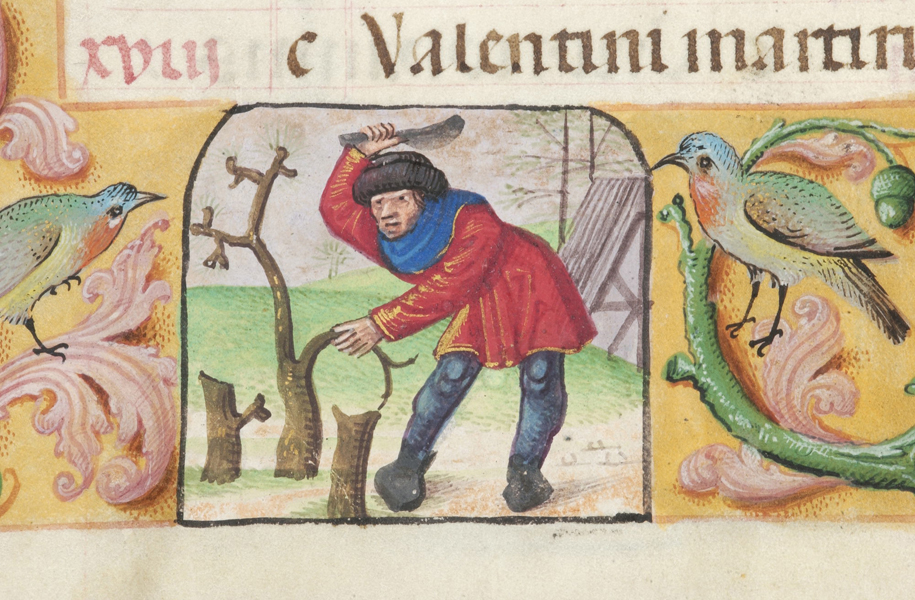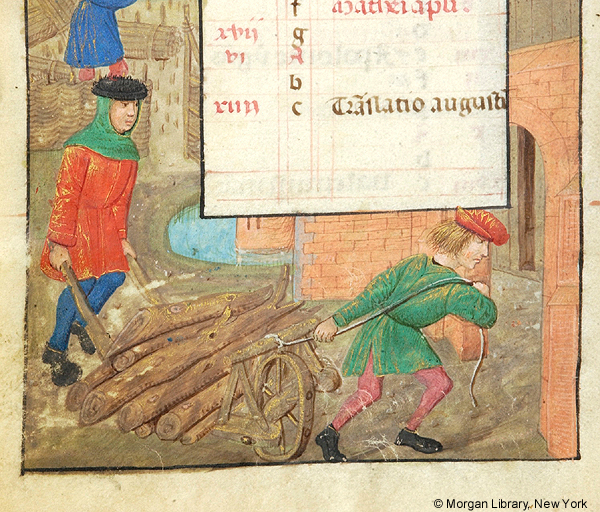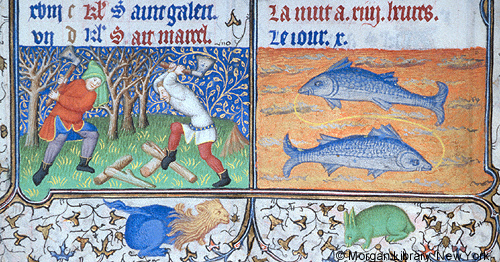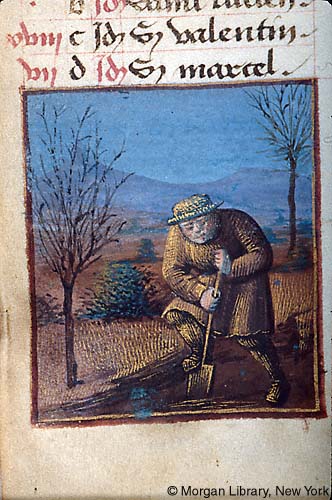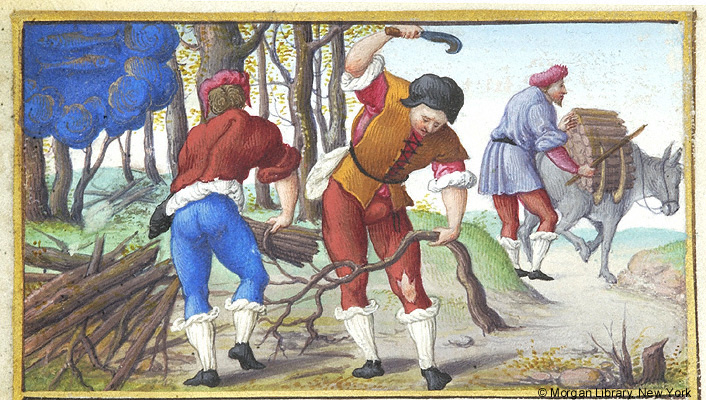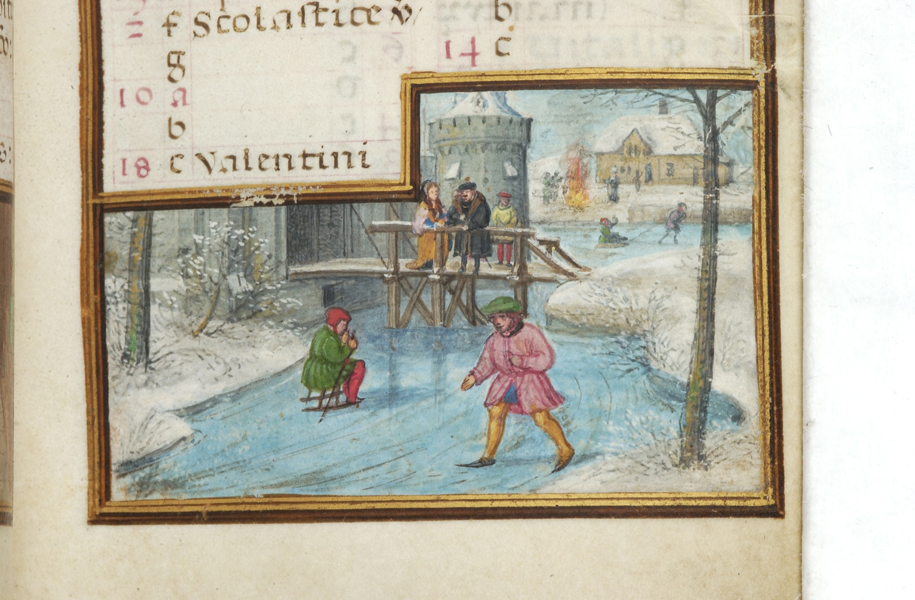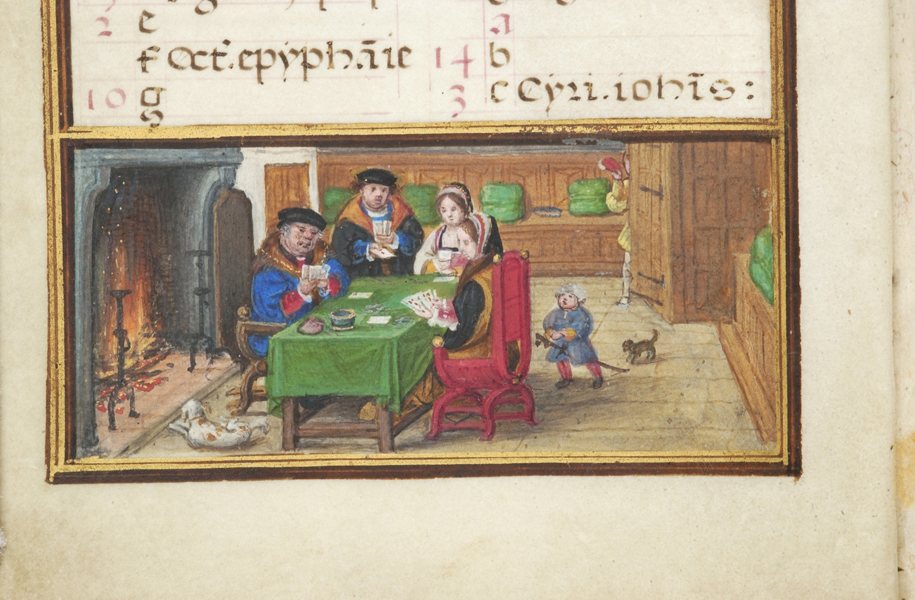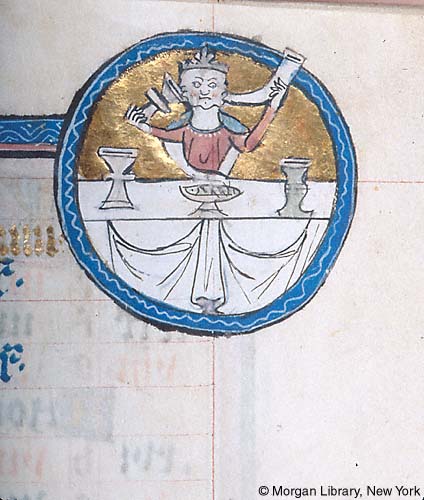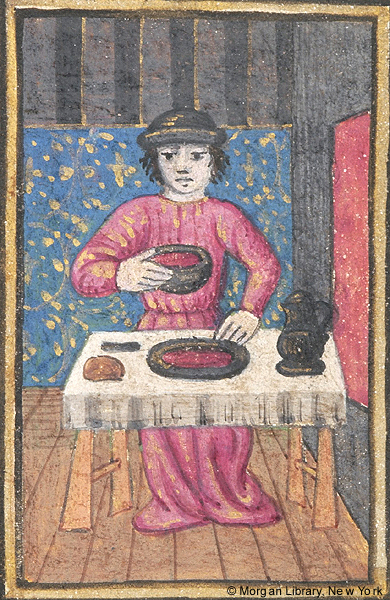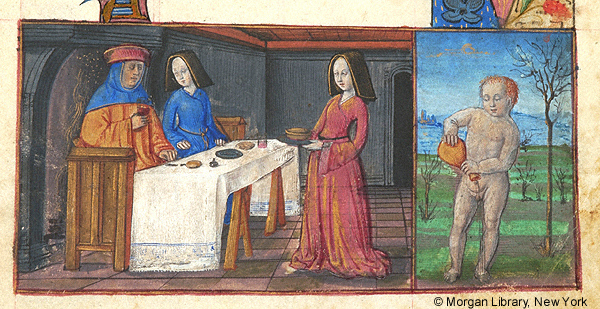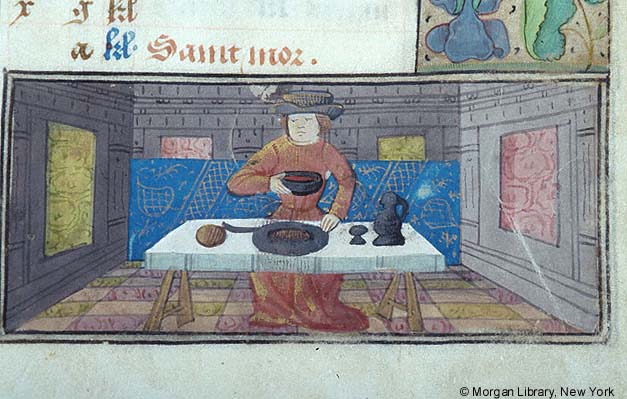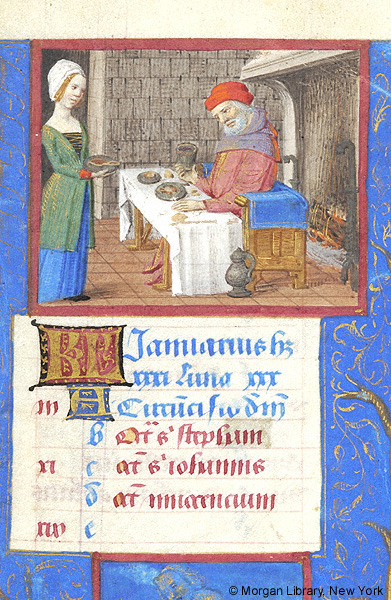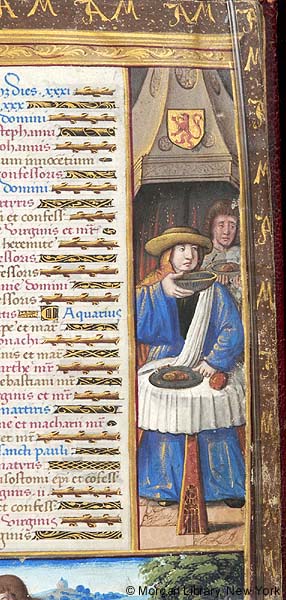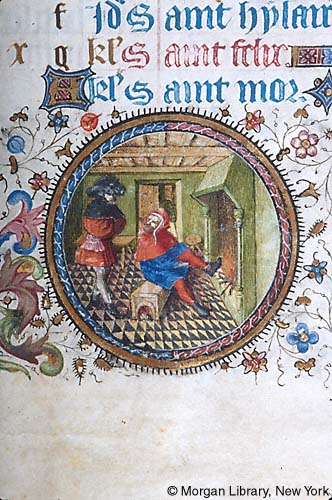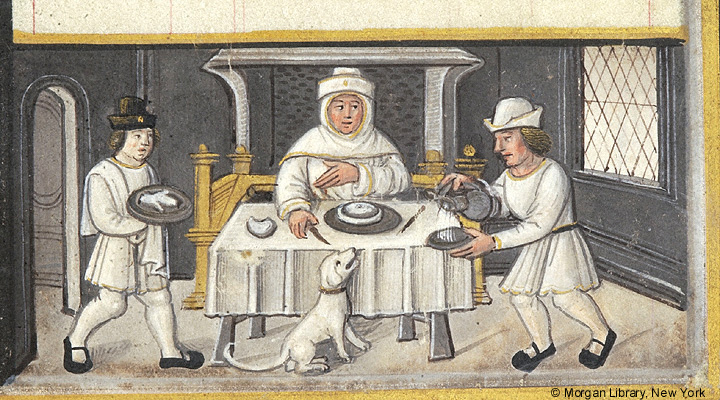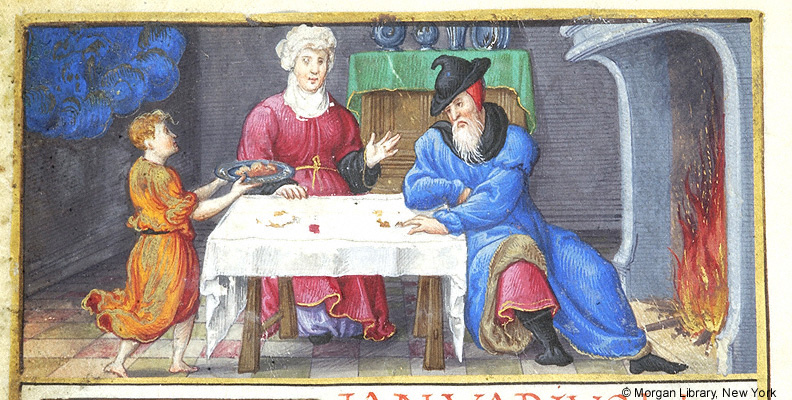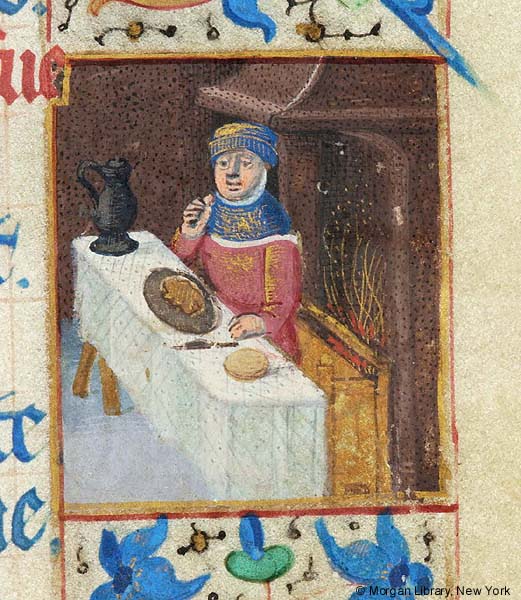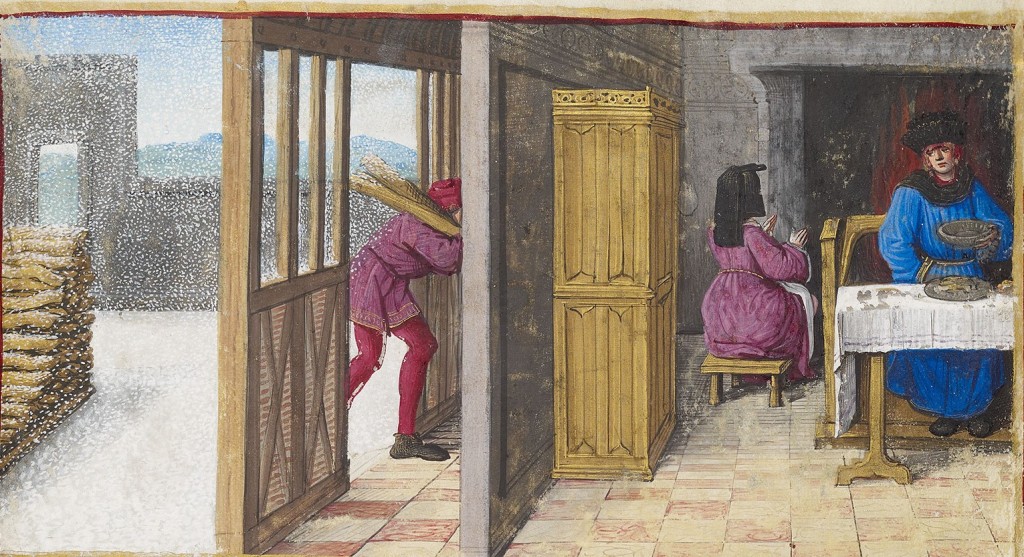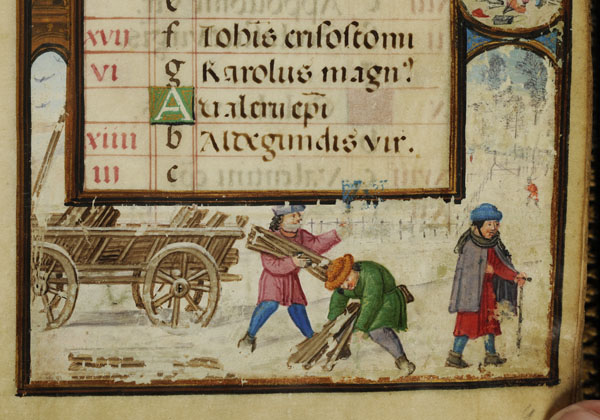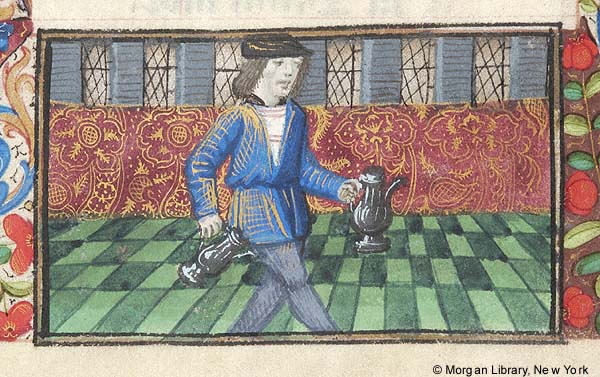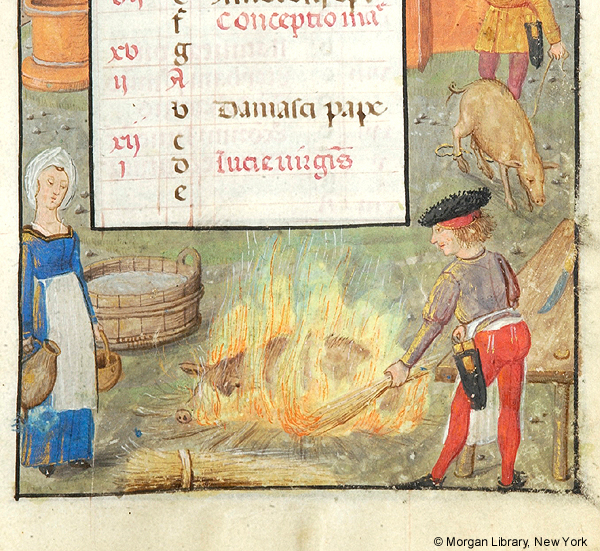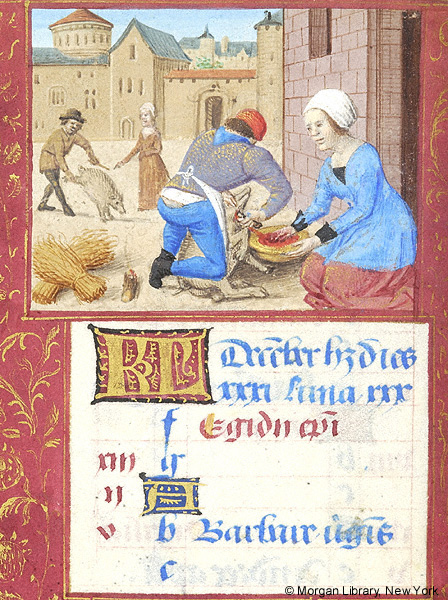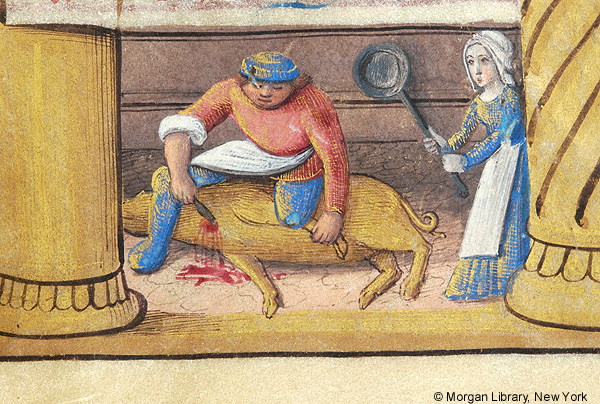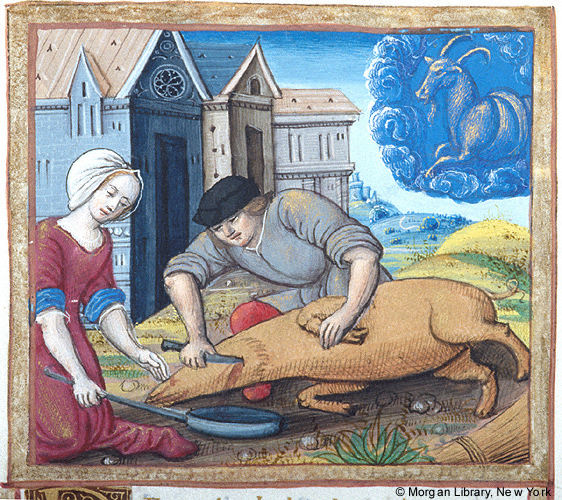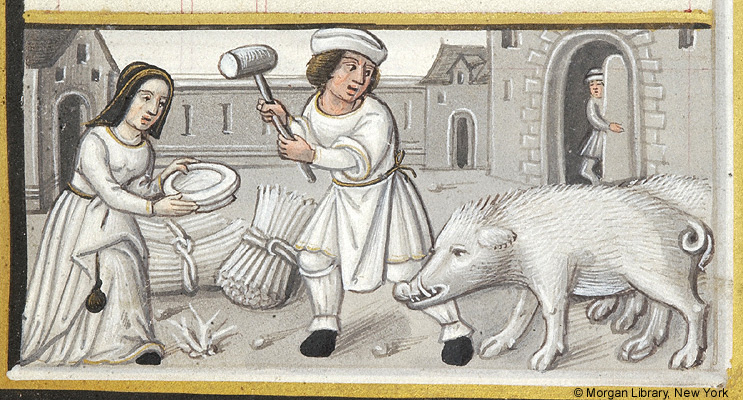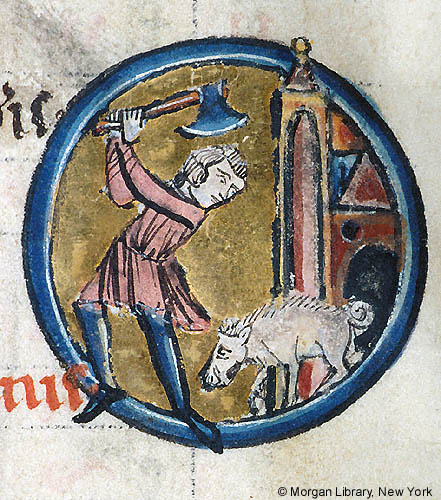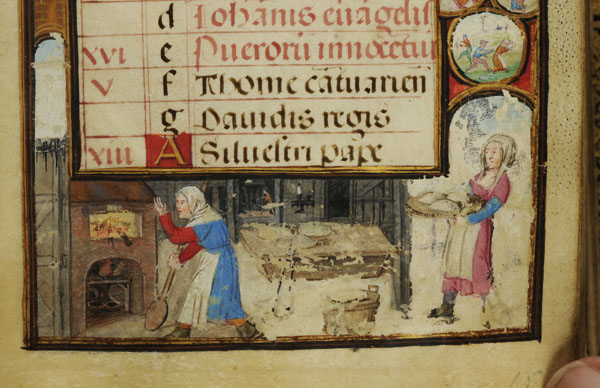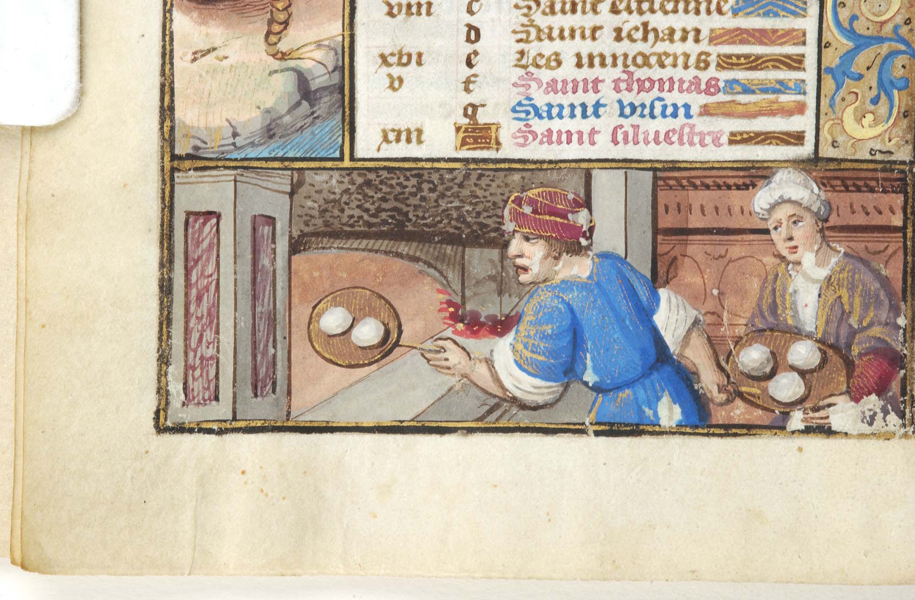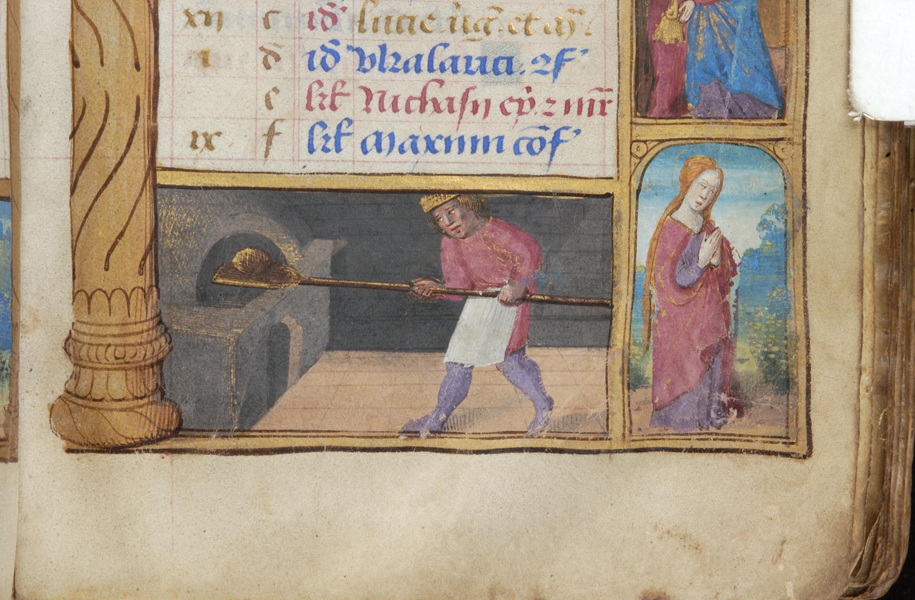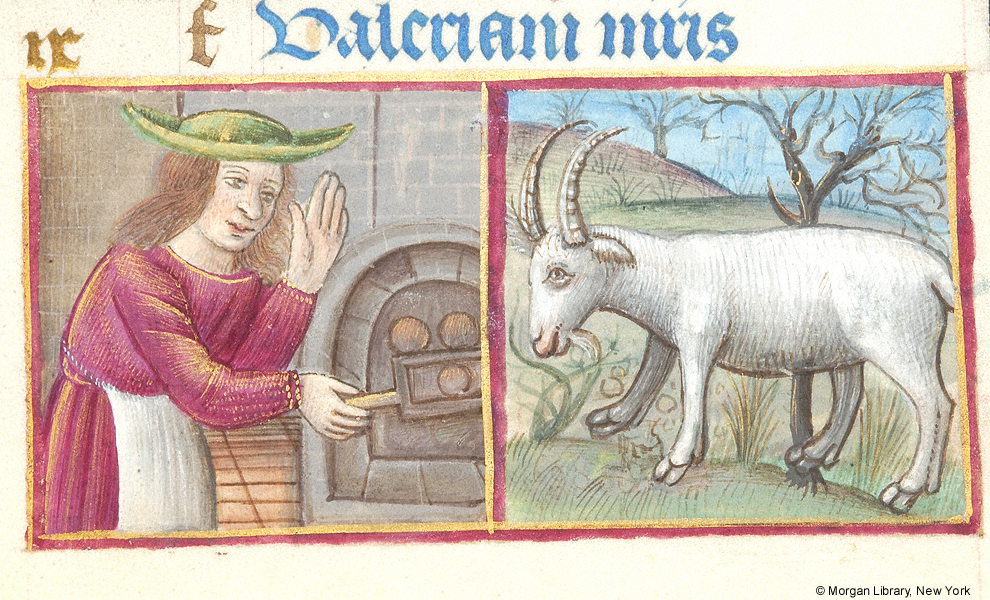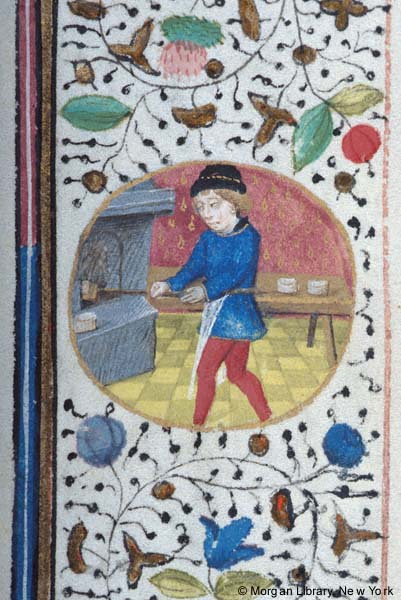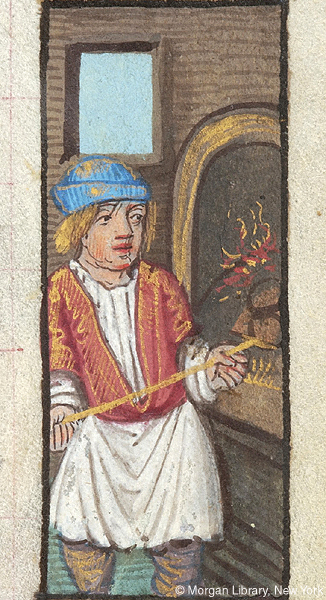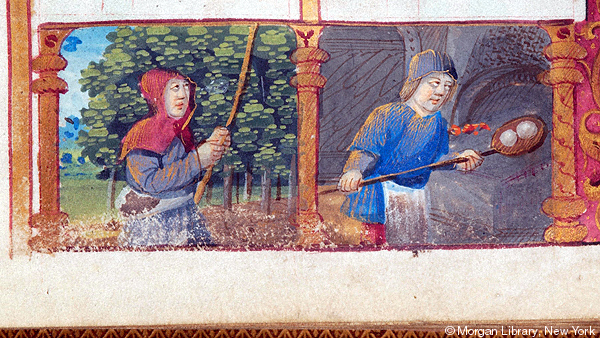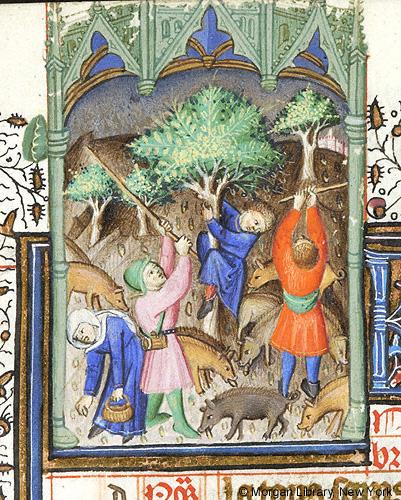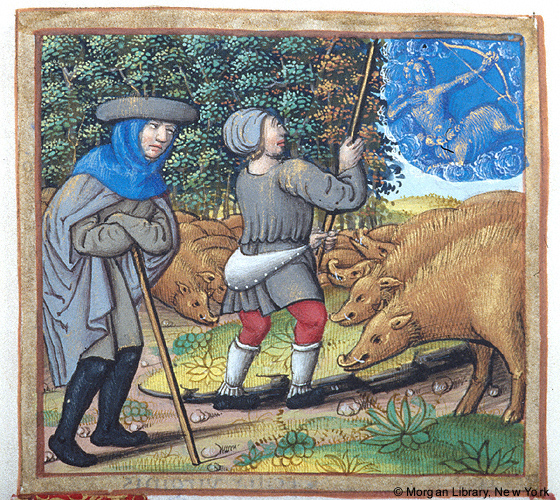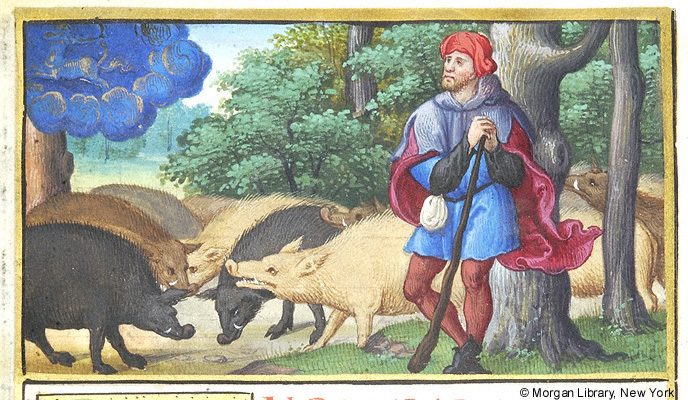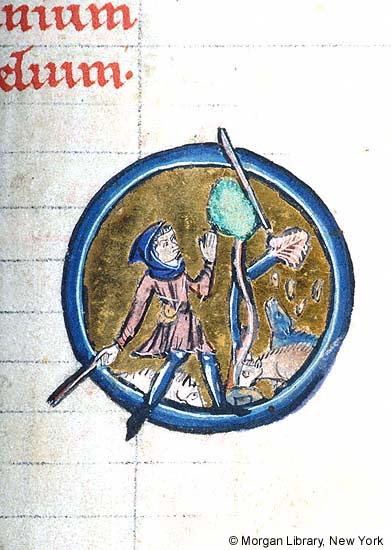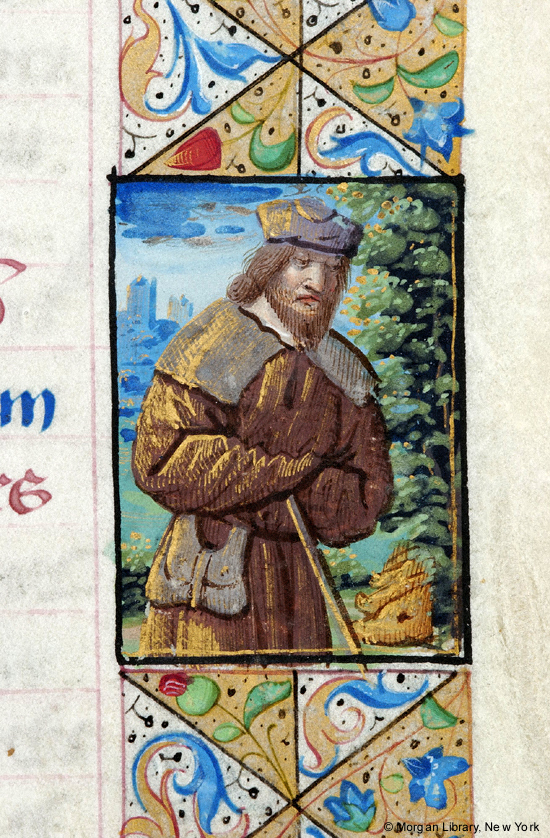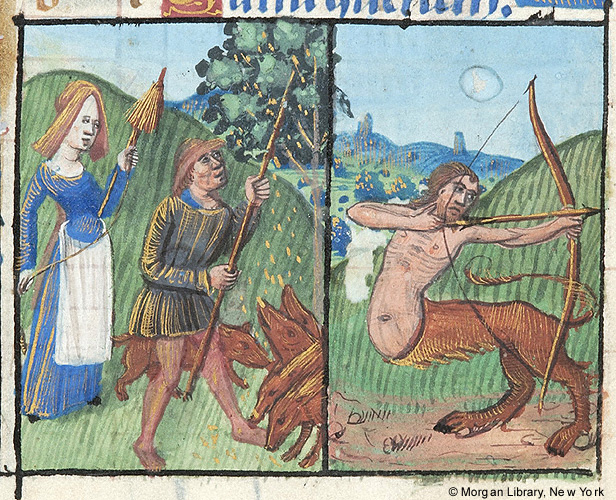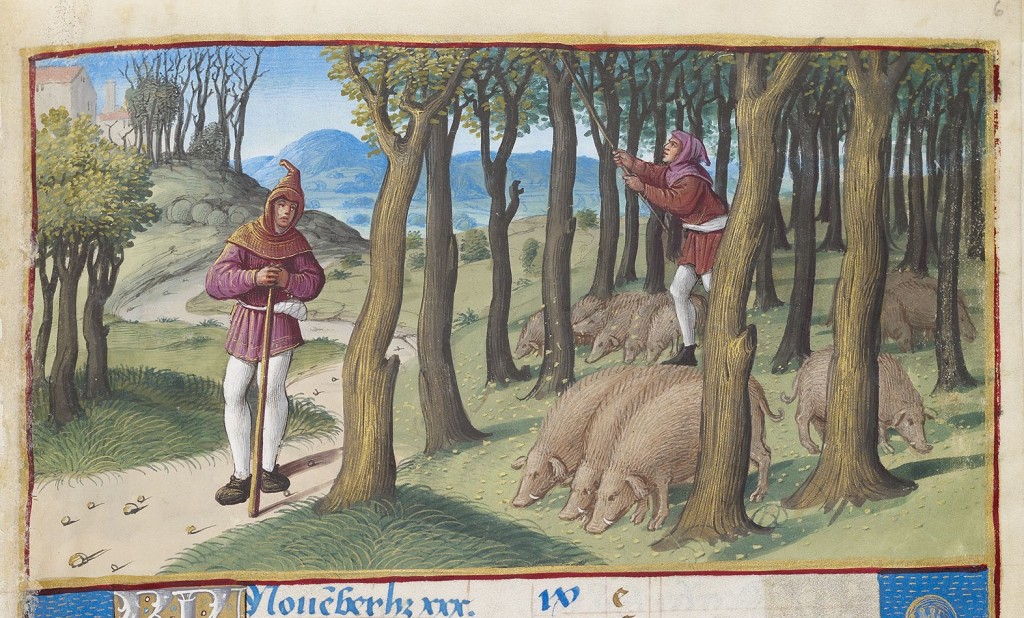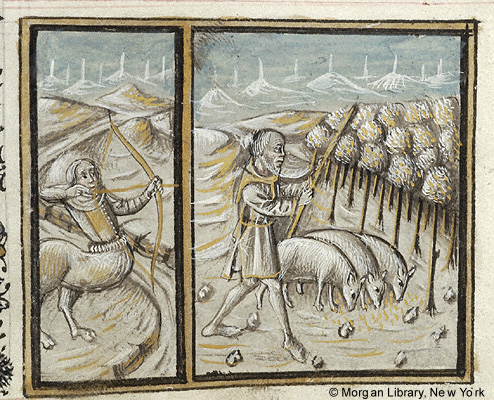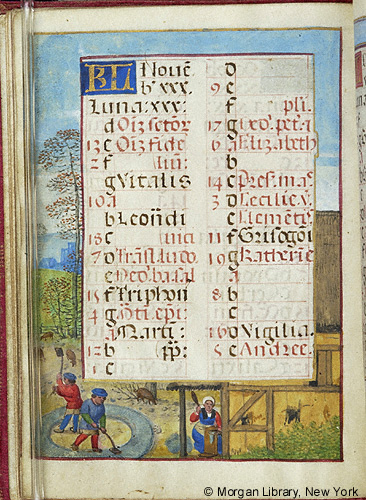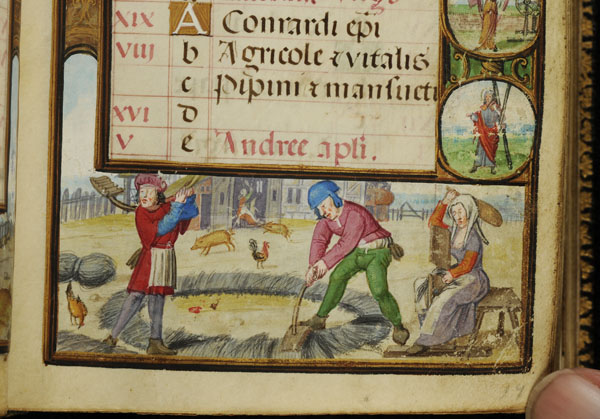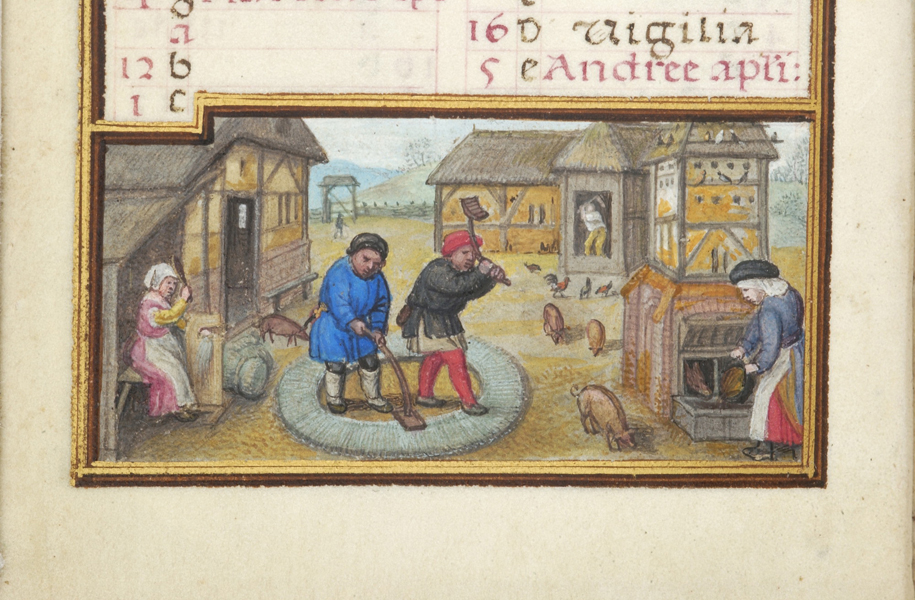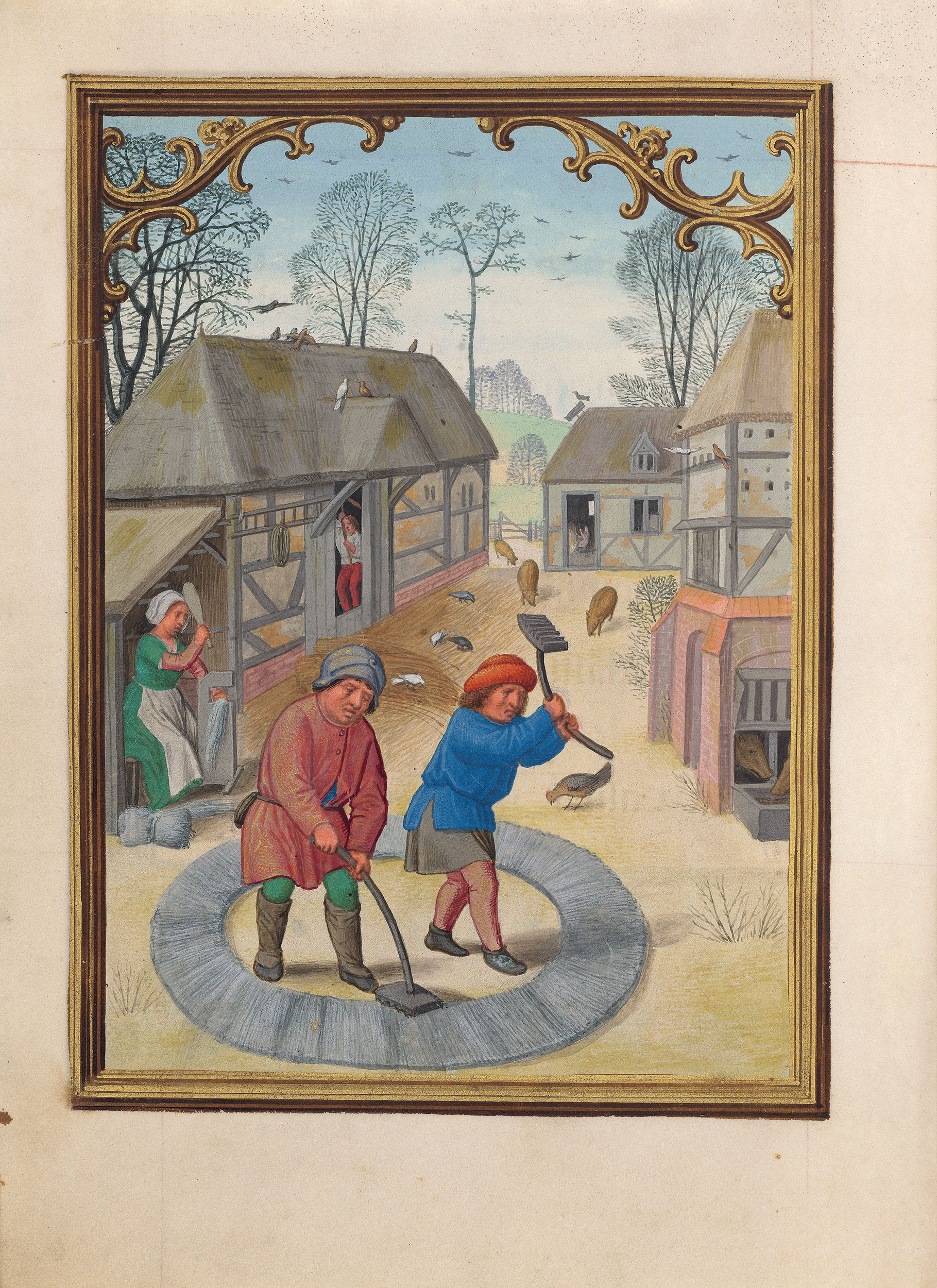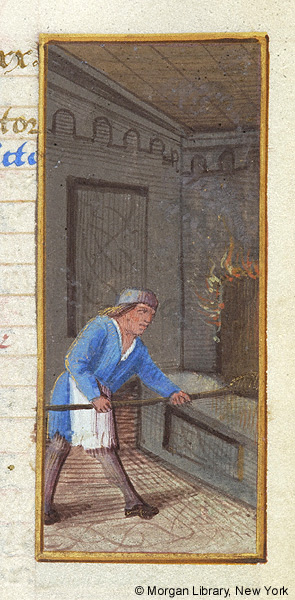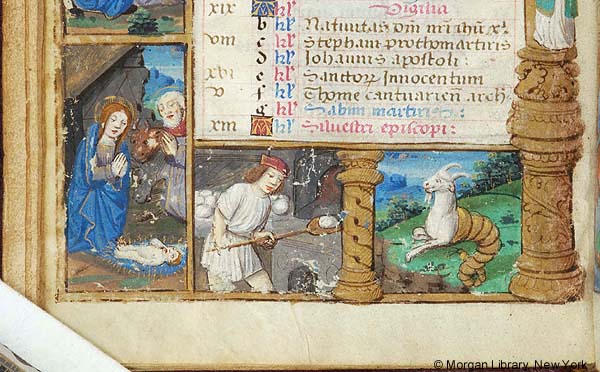My series of Book of hours calendar activities-posts is still going strong! Even though this month is quite late due to Double Wars… But, each month, I’ll present a bunch of illustrations from different volumes that I’ve found that has a calendar section with images. A bunch of the different books has the same kind of activity as others, and a few of them have another. Some of them have a bit more unique activities, and some has an activity that might be represented in another month much more often. But there’s some obvious themes in the different seasons, and now we’re heading in to early summer! If you click on a picture, you’ll get information about land origin and dating.
So if you read my April post last month, you’ll see a pattern here! Spring months are apparently for leisure. And now there’s even less work for the working classes. May seems to be all about having fun for the higher classes. The few activities for labor last month are now gone, but I’m sure that there was plenty to do before the summer came around in rural Europe. May seems to have been the month for digging ditches, first ploughing of fallow fields, and sowing spring crops. Cows also came back into full milk as pastures took over from sparse winter fodder. Any time left over was spent on maintenance work – hedging, ditching, repairing fences and buildings. But apparently, these activities didn’t make it into the artwork of the Book of hours.









Something that seems very popular to do in May is falconry! All the cool kids do it. Or at least the young men. Historically, falconry was a popular sport and status symbol among the nobles of medieval Europe and it was largely restricted to the noble classes due to the prerequisite commitment of time, money, and space. A trained peregrine was the falconer’s most treasured possession and one of the merchants’ most expensive trade goods.









Apart from falconry, the young nobles seems to have enjoyed horse riding, listening to music, walking in nature and in parks, and relaxing on a boat. Doesn’t sound too shabby at all.
Next month, I suspect there will be a lot more rural working images again, as we head into summer and maybe some harvesting!
/Mistress Gele Pechplumin (OP)
(Magdalena Morén)

